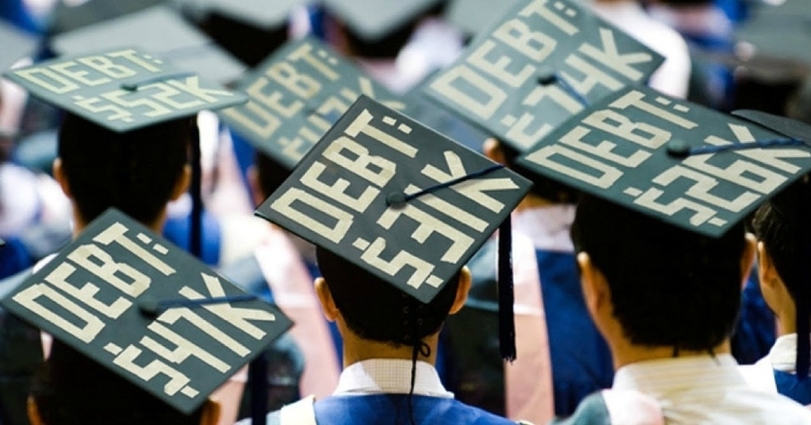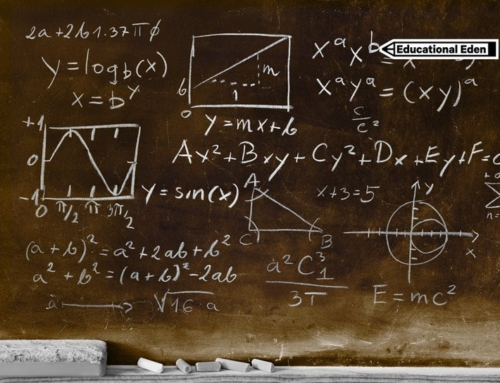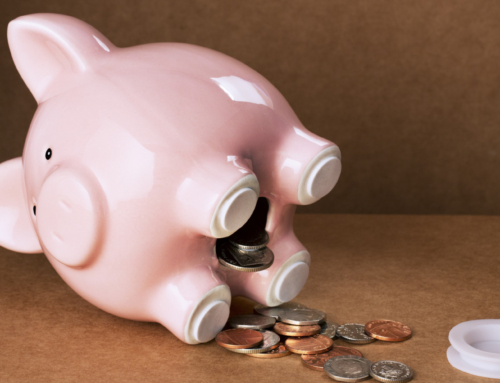More than 40% of Americans who borrowed from the government’s main student-loan program aren’t making payments or are behind on more than $200 billion owed, raising worries that millions of them may never repay.
The new figures represent the fallout of a decadelong borrowing boom as record numbers of students enrolled in trade schools, universities and graduate schools.
While most have since left school and entered the labor force, 43% of the roughly 22 million Americans with federal student loans weren’t making payments as of Jan. 1, according to a quarterly snapshot of the Education Department’s $1.2 trillion student-loan portfolio.
About 1 in 6 borrowers, or 3.6 million, were in default on $56 billion in student debt, meaning they had gone at least a year without making a payment. Three million more owing roughly $66 billion were at least a month behind.
Meantime, another three million owing almost $110 billion were in “forbearance” or “deferment,” meaning they had received permission to temporarily halt payments due to a financial emergency, such as unemployment.
The figures exclude borrowers still in school and those with government-guaranteed private loans.
The picture has improved slightly from a year earlier, when the nonpayment rate was 46%, but that progress largely reflected a surge in Americans entering a program for distressed borrowers to lower their payments. Enrollment in those plans, which slash monthly bills by tying them to a small percentage of borrowers’ incomes, jumped 48% over the year to 4.6 million borrowers as of Jan. 1.
The Obama administration—worried about taxpayer costs and the prospect of consumers damaging their credit by defaulting—has stepped up efforts to reach borrowers and offer options to enroll in the income-based repayment plans. In some cases, the government is garnishing wages and tax refunds of borrowers who refuse to pay.
But officials acknowledge that a large pool of borrowers have essentially fallen off the radar. Loan servicers—companies the government hires to collect debt—say they can’t reach such defaulted borrowers despite hundreds of attempts through phone calls, text messages and emails. The Education Department has assembled a “behavioral sciences unit” to study the psychology of borrowers and why they don’t repay.
“We obviously have not cracked that nut but we want to keep working on it,” said Ted Mitchell, the Education Department’s undersecretary. He said many defaulted borrowers dropped out of school and are underemployed.
Carlo Salerno, an economist who studies higher education and has consulted for the private student-lending industry, noted that the government imposes virtually no credit checks on borrowers, requires no cosigners and doesn’t screen people for their preparedness for college-level course work.
“On what planet does a financing vehicle with those kinds of terms and those kinds of performance metrics make sense,” he said.
Some borrowers aren’t repaying even when they can. Research from Navient Corp., which services loans for the government, shows that borrowers prioritize other bills—such as car loans, mortgages and heating bills—over student debt. A borrower who fails to pay down an auto loan might have her car repossessed; with student loans, there is no such threat.
Read the full article at: www.wsj.com
Establish a family bank and borrow from it INSTEAD of big banks when paying for college! #bethebank #financialfreedom #familybankgame






